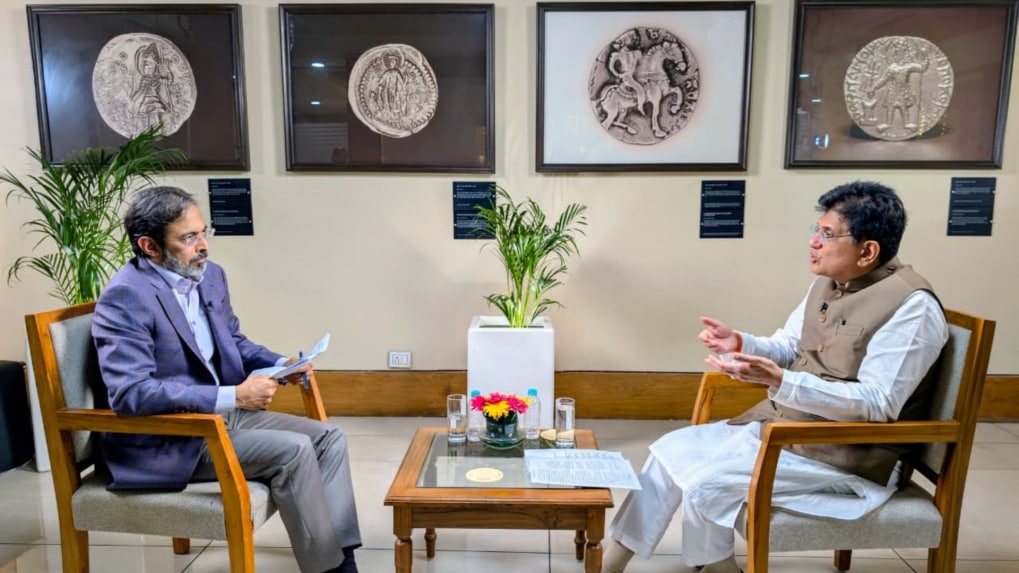Digital
Why OpenAI is hiring 100 ex-bankers: Inside the ChatGPT-maker's secret project to automate Wall Street's grunt work

India’s commerce and industry minister, Piyush Goyal, expressed confidence that a new round of tax cuts would stimulate demand, attract investment and create jobs in the world’s fastest-growing major economy.
“I am very confident that the GST cuts, effective from September 22, will give a big leg up to the economy, bring in more investments and create jobs,” Goyal said in an interview with Network18's Managing Director and Group Editor-in-Chief, Rahul Joshi. “The GST (reforms) will ensure that Indian investments continue to power on. When there is demand there will be interest (by industry) to put more investments. A growing demand means growing jobs.”
The remarks come a day after the Goods and Services Tax Council recommended reductions across a range of products, from daily-use goods to automobiles. The average rate will now fall below 10 percent, compared with about 11.5 percent earlier. Goyal argued that the cuts would boost consumption and ultimately raise revenue, offsetting any immediate loss from lower tax collections.
“More investments will lead to more jobs in manufacturing and services,” he said, pointing to strong momentum in the services sector. India’s services purchasing managers’ index rose to 62.9 in August, up from 60.5 in July and the highest level in 15 years. It was the third consecutive month above 60, a threshold that indicates robust expansion.
Exports also remain a focus. Goyal said he expected overall exports to rise in the current fiscal year, after hitting a record $824.9 billion in 2024-25, a 6 percent increase from the previous year.
Still, the government faces headwinds abroad. The US and its president Donald Trump recently raised tariffs on Indian goods, a move that analysts warn could weigh on growth. But Goyal downplayed the risks. “India is predominately a domestic economy…our exports as a part of our GDP is still relatively low and our imports are much higher. So the impact will not be significant,” he said.
The United States imposed a 25 percent tariff on Indian goods starting August 7, after talks for a limited trade deal collapsed. A further 25 percent penalty was added later in August, in response to India’s continued purchases of Russian crude. The combined effect is a 50 percent tariff on many categories of exports. India’s finance ministry has estimated that about 55 percent of its merchandise shipments to the United States — worth $86.5 billion last year — will face reciprocal duties of at least 25 percent.
Despite the trade dispute, India’s economy expanded by 7.8 percent in the April-to-June quarter, faster than most economists had expected. Several private forecasters have since raised their full-year outlook to 6.8 to 7 percent growth, up from earlier estimates of 6.3 percent. The government’s chief economic adviser, V. Anantha Nageswaran, has held to a forecast of 6.3 to 6.8 percent, citing the drag from weaker growth anticipated in the second quarter.
In a wide-ranging interview with Storyboard18, Sorrell delivers his frankest assessment yet of how the deal will redefine creativity, media, and talent across markets.